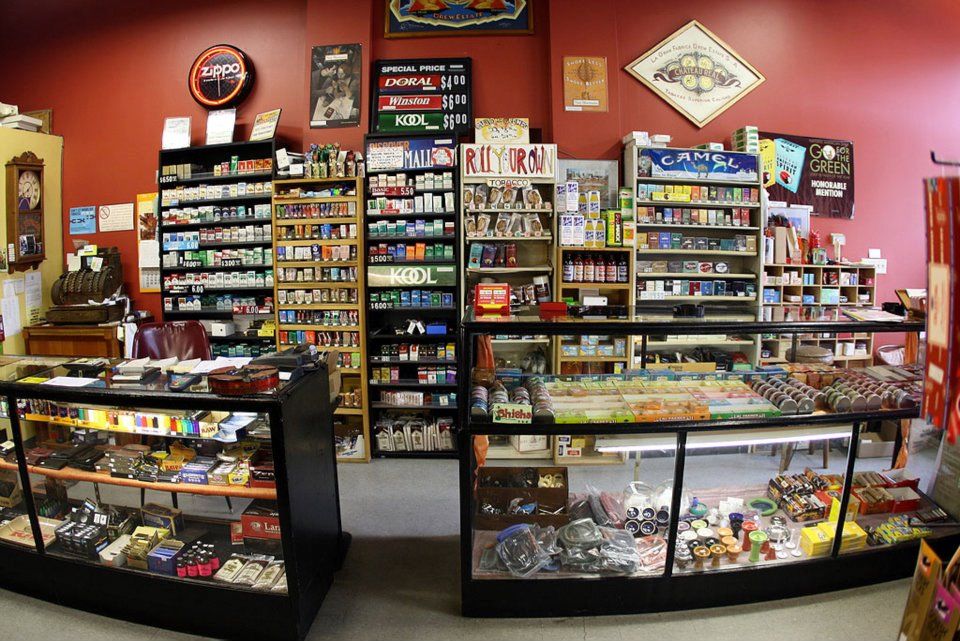A thousand-foot ban on tobacco advertising is a threat to public health, which is why the Board of Health has directed the Department of Public Heath and Regional Planning to investigate nuisance tobacco shops. Affected stakeholders must report a tobacco shop within 120 days of notice. The state has also enacted rules and regulations to help local government deal with nuisance tobacco shops. To learn more, read the following articles:
Smoking in a tobacco shop is as addictive as nicotine
Nicotine in cigarettes and tobacco products is highly addictive. It affects the central nervous system and the brain, resulting in mood changes and a small boost in dopamine. This substance is very powerful, affecting learning and concentration. Nicotine also increases heart rate and blood pressure. It is highly addictive and is often compared to drugs such as cocaine and heroin. When smoked, nicotine can cause dependence just as severe as heroin addiction.

The effects of nicotine in tobacco smoke are almost immediate, reaching the brain within seconds. Those who smoke feel edgy, irritable, and uncomfortable for a while, which triggers them to light up again. Those who wish to quit find it difficult to stop smoking on their own. Nicotine and the other chemicals in tobacco smoke are highly addictive. Nicotine and other chemicals in tobacco smoke change brain chemistry, making it very hard to quit.
Smoking in a tobacco shop is a source of income for tobacco shops
Although the tobacco industry has long opposed policies that promote public health, it does recognize the benefits of these businesses. In fact, the industry has repeatedly pointed out the negative consequences of tobacco control policies on retailers. Policies focusing on the retail environment have been met with significant pushback, including store closures, job losses, and the financial burden that these policies place on businesses. Tobacco retailers are typically classified as selling products under the North American Industry Classification System code 20150. The study found that tobacco shops were more prevalent in neighborhoods with high African American populations and lower incomes. Further, the density of tobacco shops increased significantly when the area was home to large numbers of vacant or rental housing.
Tobacco retailers face many challenges when selling tobacco. The tobacco industry spends over $7.2 billion a year on point-of-sale advertising, primarily in the form of price promotions and promotional allowances to retailers. These initiatives not only keep people addicted to tobacco, but also keep retailers dependent on these companies. But while tobacco retailers have many benefits, they are also a source of societal and economic costs for retailers.
Point-of-sale rewards programs for tobacco shops
Tobacco manufacturers have partnered with retailers to leverage their consumer loyalty and incentivize sales. By providing scan data for their loyalty programs, tobacco vendors can receive rebates and brand-sponsored promotions. Adding point-of-sale incentives to their loyalty programs will increase revenues and traffic, and benefit the retailers as well. The benefits of tobacco point-of-sale rewards programs are numerous.
POS solutions for tobacco shops can automate order tracking, create purchase orders, manage vendors, and provide real-time data reporting. Point-of-sale systems for tobacco stores will also populate a customer database and allow you to offer rewards and incentives to your loyal customers. And unlike cash registers, these systems will let you keep track of customer profiles and patterns. You can offer more perks to loyal customers and track customer satisfaction.

Impact of a 1,000-foot ban on tobacco advertising
Tobacco companies argue that a 1,000-foot ban on tobacco advertising is a blanket ban that would apply to all retailers. But this argument does not stand up to scrutiny. A 2011 study in New York City and St. Louis analyzed the impact of a ban on tobacco advertisements near schools. While it did affect some retailers, it did not significantly alter the overall number. For example, in New York City, the ban would affect 22% of all retailers, while in St. Louis, it would impact 51%.
The decision came in the wake of a landmark case involving a tobacco company and the First Amendment. The Court upheld the ban on point-of-sale tobacco advertisements and ruled that the government cannot restrict advertising of cigars or smokeless tobacco. The majority opinion in Lorillard Tobacco Co. v. Reilly, however, rejected the government’s claim that the ban on tobacco advertising was preempted by federal law. The court also rejected the tobacco companies’ claim that the ban does not apply to outdoor advertisements.

